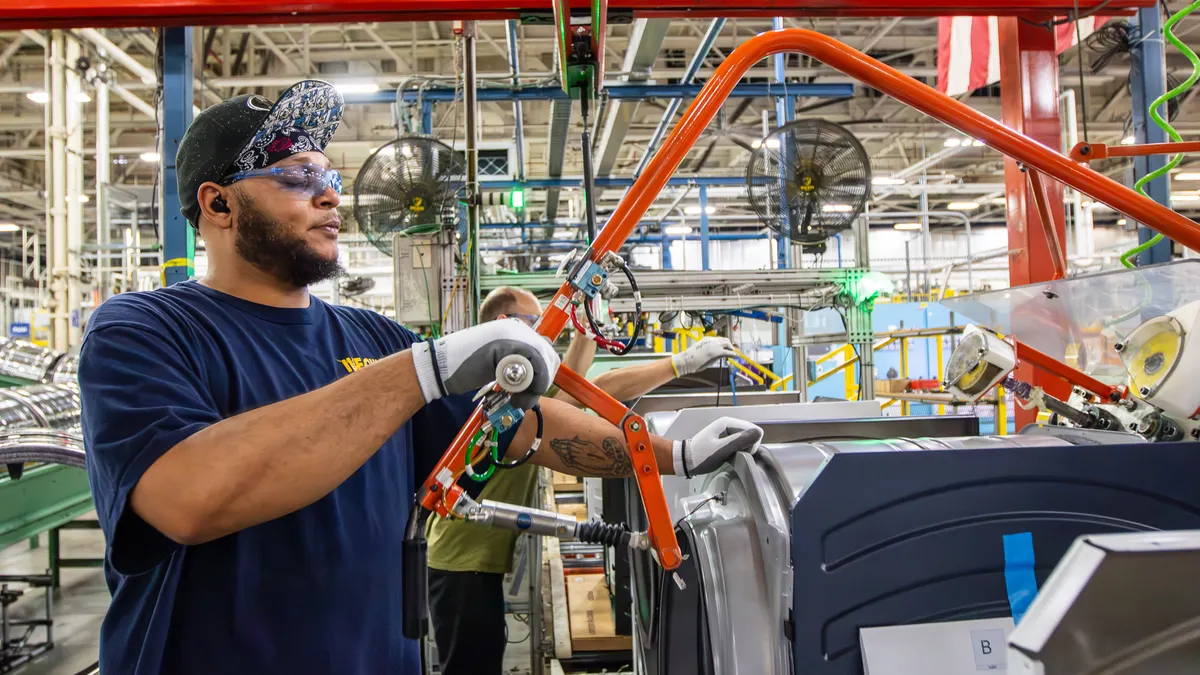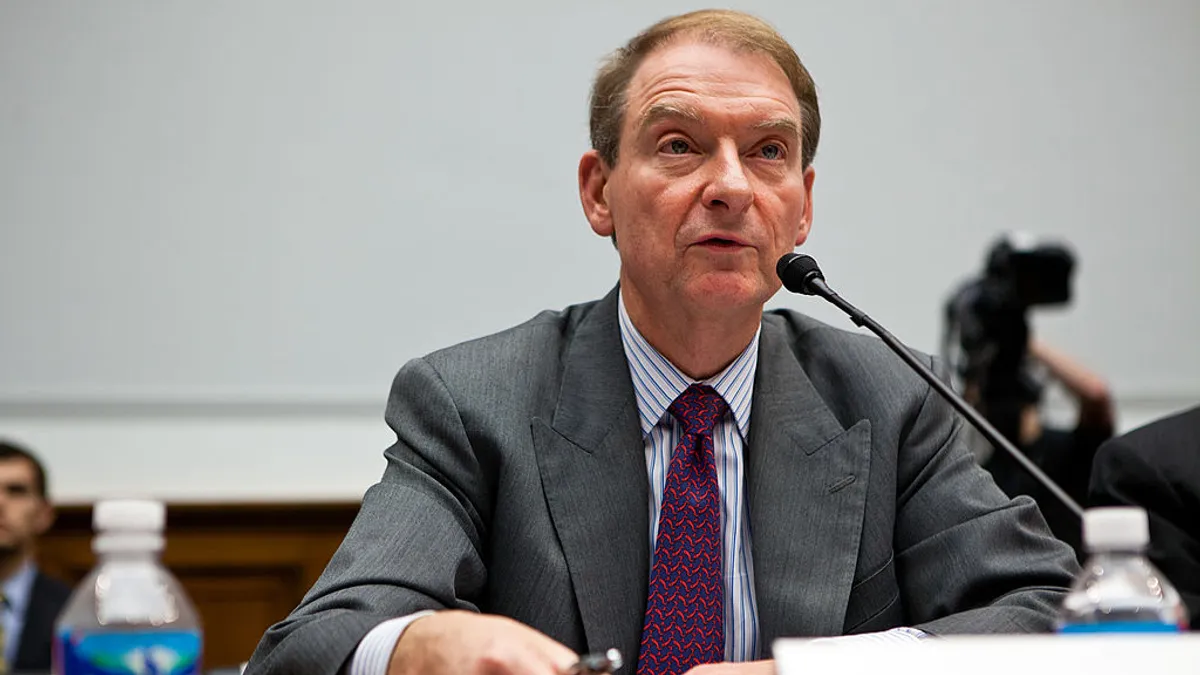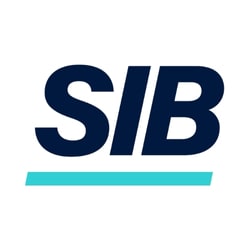When Ross Tennenbaum was in investment banking and helping to lay the groundwork for a multi-billion-dollar acquisition his client company was working on, his managing director asked him a simple question about revenue projections. Tennenbaum, who had just worked through the weekend on the acquisition analysis, couldn't tell him the answer. His boss' response changed the way he views financial leadership.
"It was a test," said Tennenbaum, CFO of tax-software company Avalara. "He knew what the revenue was for next year. I had no idea. I was so deep in the weeds of the analysis, I had no idea what just the top line revenue was."
The managing director went on to present to the board a compelling story about why the acquisition made sense.
"He really synthesized the details into a cohesive story at the right altitude for the board," Tennenbaum said. "I really learned to rapidly sift through financial information, to synthesize a story that can then be shared at the right altitude for various audiences to help them understand information better. That enables them to make better decisions faster. It's just a really important asset for a financial leader."
Ross Tennenbaum
At Avalara, Tennenbaum has been building out an FP&A team and putting in systems and processes to give him and the company leadership details they can weave into a compelling story about their business.
"Everything for me is about the storyline," he said this week in a CFO Thought Leader podcast. "I think many finance leaders overlook this because they think in numbers, but as you graduate to higher levels, whether you're a CFO or a manager or an investment banker, it's all about translating numbers into a story."
Data narratives
Tennenbaum began as an investment banker at Credit Suisse and later Goldman Sachs. He also worked in operations at a software startup at which he was the sole accounting person.
"I was literally walking out to the mailbox and mailing invoices and receiving checks and posting them to the ledger," he said. "I was doing procure-to-pay, accounts payable, fixed assets — a lot of the accounting for software development and software revenue recognition."
Having a strong foundation in the underpinnings of the accounting and finance functions are as crucial as storytelling skills, he said, because without grasping the company's operations at its lowest levels, you can't help drive the business; you can only observe and report what you see.
"I've worked with a number of CFOs in my banking career that really know the CFO role, but when you start to peel away some layers, some of the fundamental underpinnings they don't really have a grasp of," he said. "I think that makes it difficult when you start to get into the tougher investor relations situations, or when your business is rapidly growing and changing, and you're trying to be a party to drive that change."
As he builds out his FP&A function, he has in mind the business operations team at Slack, the collaboration SaaS company. He became familiar with the company when he was on the investment banking team preparing its IPO in 2018.
"I noticed pretty much every executive had a sidekick," he said. "At first I thought this was some kind of chief of staff-type role, but then I realized that, when there were meaningful questions about the business, the executive would turn to the sidekick for answers.
"I learned the sidekicks were part of what they call their 'biz ops' team, which was a cousin with the FP&A team in finance but focused on the key metrics and special projects and analytics. This team was incredible. They literally had an analytical answer to every question about their business," he said.
Tax complexity
Avalara was founded in 2004 to help companies automate their indirect tax obligations. "Nearly every business globally is subject to some kind of indirect tax compliance, whether its sales tax in the U.S. or VAT or GST [goods and services tax] Internationally," he said. "It's a really complex problem. But, the reality is, most companies are doing it manually and spending a lot of money to be compliant."
To see how the company is doing, Tennenbaum looks at new bookings, upsell bookings, renewal bookings, and various slices of revenue. He also looks at churn, including customer churn, gross churn, net churn and retention rate.
"We've done a good job of covering all the SaaS metrics," he said.
His goal is to better connect the metrics to company performance and to what people do in their work, which helps underscore the storytelling he works to create.
"How do you assign those metrics to [apply] deeper in the organization, so people feel ownership and are accountable to helping drive outcomes?" he said. "That's the impactful part of the CFO job: marrying all the various ideas and plans into a cohesive business strategy."
The company operates on the basis of what it calls a five-year manifesto, a theme for the company to follow. "It's like our North Star," he said. "It's where we want to go over five years, and then every year we do our business priorities. So, right now we're working on our 2020 business priorities."
That process includes budget preparation. "We have our bookings forecasts for each product and business line," he said. "And every function's got a plan."
His challenge, he said, is combining these discrete plans into a business strategy and then building metrics around that strategy so executives can gauge how well they're doing.
"Our goal over the next year is to constantly review them and see where you're off target, and course correct," he said.
The company is generating about $500 million in revenue a year, with plans to reach $1 billion in five years. To get there, he needs to bring in people with different skills and put in place systems and processes that can scale to that level.
"You really need the talent that has seen larger scale, knows how to do that and can take you there," he said. "What we've built to take us to a half a billion dollars in revenue will not be the same to take us to $1 billion and beyond."



















